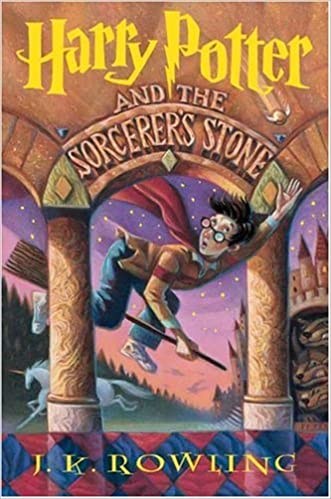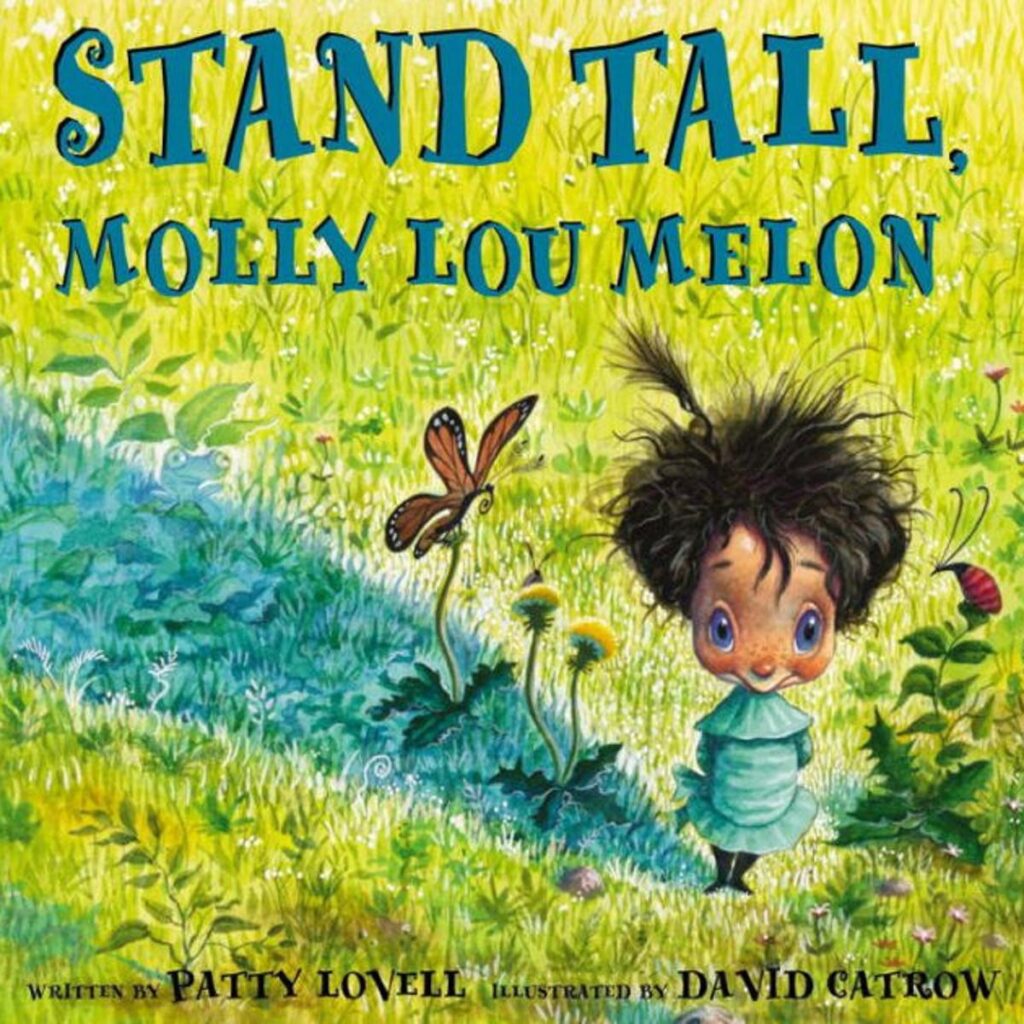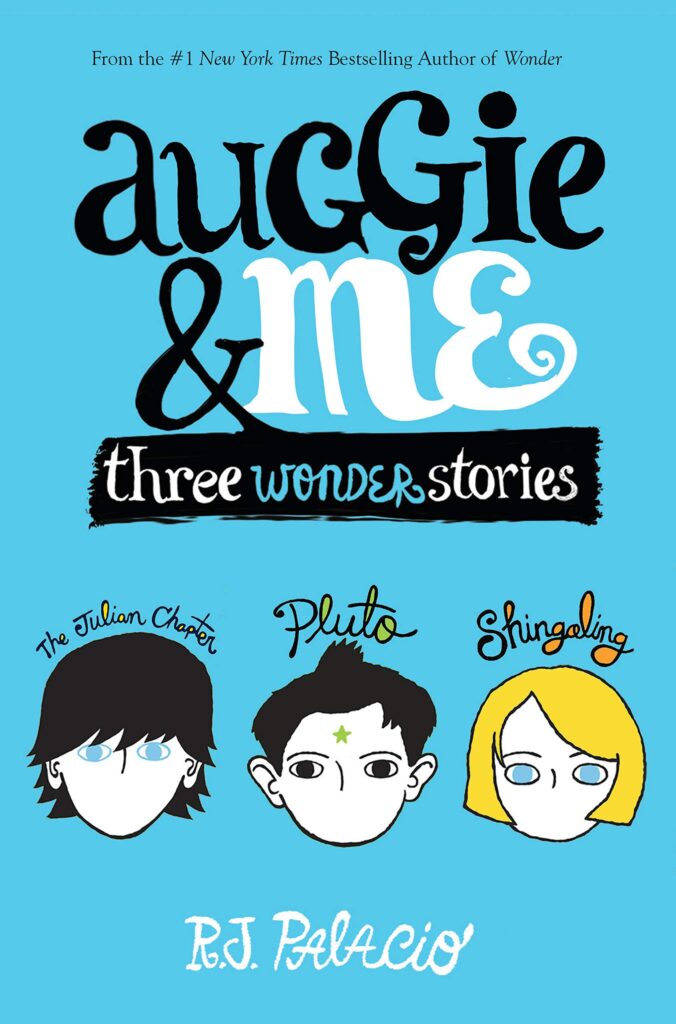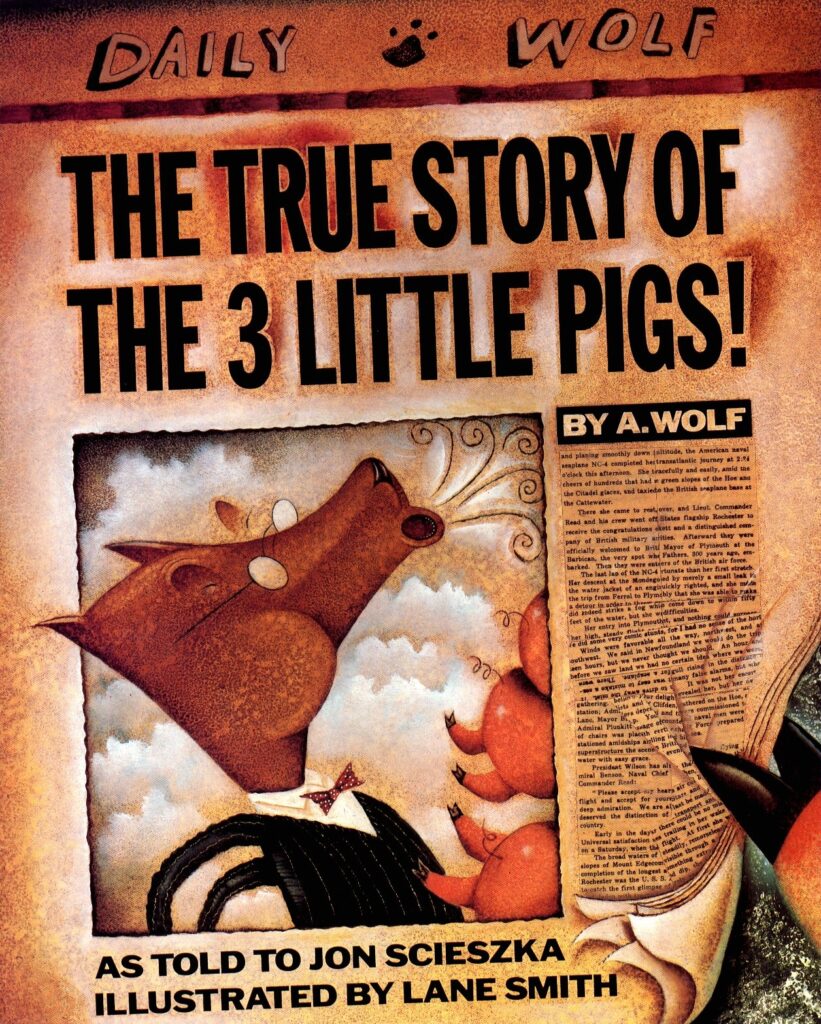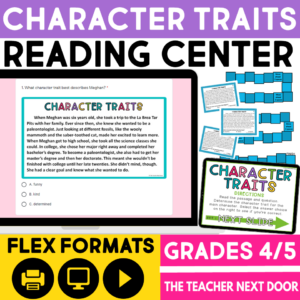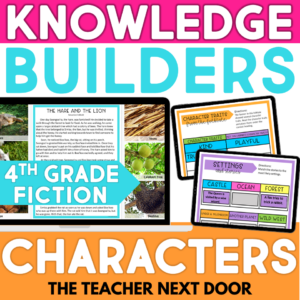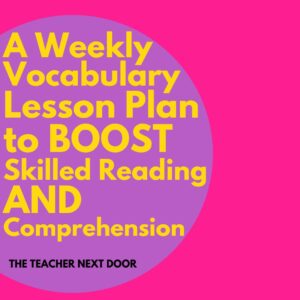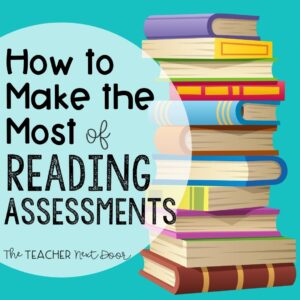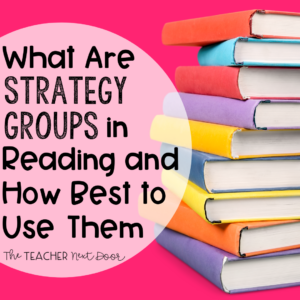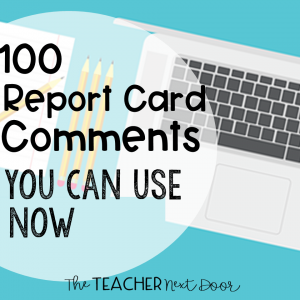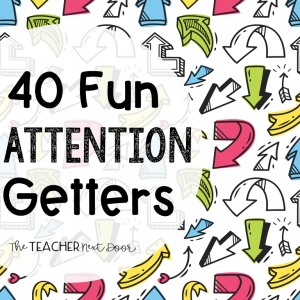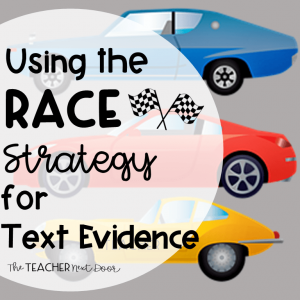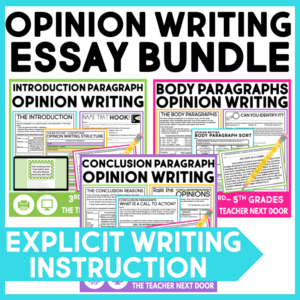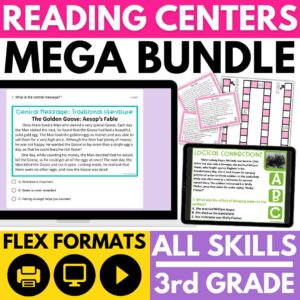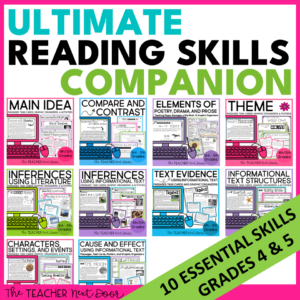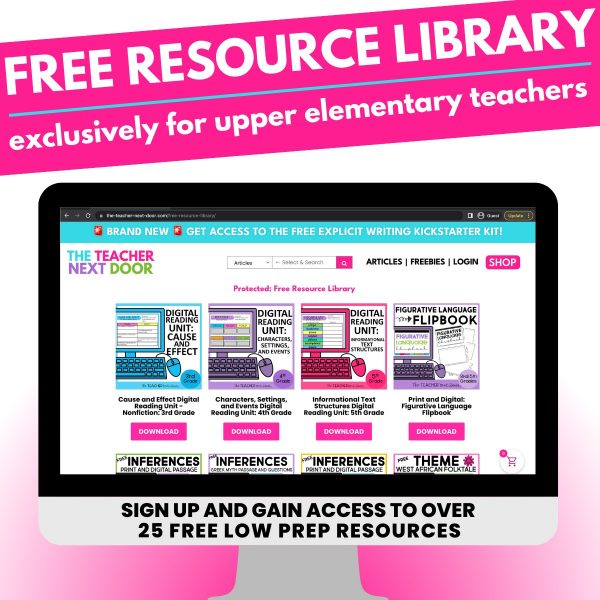
Some reading skills that we teach in elementary translate directly to real life, and vice versa….these are basically a two-for-one deal! Work on an important reading skill, and teach a valuable life lesson at the same time.
Understanding a person (why they feel the way they do, why they say certain things and take certain actions, how their life experiences have shaped them) can be really challenging, especially when it’s someone who thinks differently than you do.
It’s all too easy to tell yourself that person is a “jerk” or “dumb,” or any number of other negative character traits, instead of trying to understand where they are coming from and why they might feel this way.
Characters in literature are no different. It’s an added bonus if we can teach students to take a closer look at a character’s actions, words, and thoughts. Then, students can use this evidence to understand this character better and why they act or feel a certain way, all while teaching an important life skill at the same time.
This post contains Amazon Affiliate links. If you purchase through one of these links, The Teacher Next Door, LLC receives a few cents on the dollar. This commission directly supports us as a small business and ensures that we can continue to create high-quality content for upper elementary teachers, like yourself! As always, the products shared are tried, true, and tested. Enjoy!
So how do we get students to dig into characters and think about what makes them tick?
It just so happens that I have a project idea to share with you that asks students to do exactly that! Ready for it? I call them Character Profiles!
Essentially, it’s similar to a book report, but it focuses on just one character and his or her experiences.
To begin, I ask kids to go really deep and explore who this character is and what shaped them. What are the main traits of this character? How do you know which of the character’s thoughts, actions, words support this conclusion? What experiences has this character had that might have affected them?
There is a huge focus on the evidence here. Students must be able to support what they say about the character with evidence from the text.
By the way, kids do have to choose a character that is central to the story. It doesn’t have to be the main character, but it also shouldn’t be someone who shows up for a short time and is never talked about again.
This can be especially fascinating when you take a character that is traditionally seen as the villain, and try to see things from their perspective. See below for a few ideas:
- Harry Potter and the Sorcerer’s Stone by J.K. Rowling
- Why did the Dursleys treat Harry how they did?
- Stand Tall, Molly Lou Melon
- Why was Ronald Durkin so mean to Molly?
To really drive this point home, you could also choose a book that focuses solely on the “other side” of the story. Two good ones are:
This one is fabulous! Having read Wonder, I never would have expected that I could sympathize with Julian, but I saw him in a whole new light after reading “The Julian Chapter.”
Told from the perspective of the Wolf, he tries to explain how the whole thing was just a big misunderstanding. I can’t say I totally buy his story, but it is a good example of how knowing all the facts might change your opinion.
Reading literature can teach us so much about life! One of these things is that people are deep, and have lots of different experiences, which can shape their actions and thinking.
If you are ready to tackle this skill but want to start off with texts that are a little shorter, check out this Character Traits Game Print and Digital 4th and 5th Grades resource. Students read a short story, and then use evidence to choose the traits that describe the character.
If your students are ready to go a little deeper with this skill, take a look at Characters, Settings, Events Digital Reading Google Slides™ 4th Grade Fiction. This includes two high-interest passages, along with comprehension questions, vocabulary practice, and work with character traits for each. It also includes interactive, moveable pieces, which makes it fun!
Standards Alignment: RL.4.3. – Describe in depth a character, setting, or event in a story or drama, drawing on specific details in the text (e.g., a character’s thoughts, words, or actions).
Interested in reading more? Check out these blogs that might interest you!
Bringing Text Alive: How to Use Pictures and Videos to Deepen Understanding
Stories, Poetry, & Drama: Fun, Effective Ways to Review Throughout the Year
Teaching Character Traits in Reading
Thanks for stopping by!


